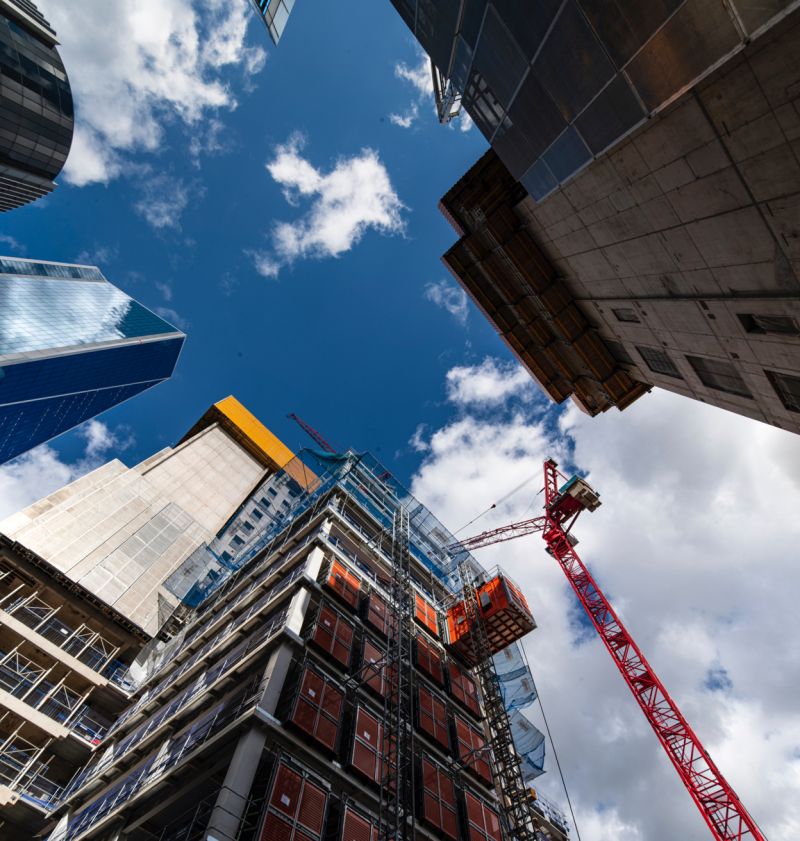Morrisroe use real-time concrete data to optimise floor-to-floor construction of the 34 storey, £800m “Gotham City” tower, by Mace.
Rising to 170 metres, the £800M+, 40 Leadenhall project (aka “Gotham City”) stands as an imposing figure in London’s ‘Square-Mile’.
Key features of the 34 storey tower are the huge twin concrete cores that support the surrounding steel frame and composite, steel-concrete, slabs.
AJ Morrisroe & Sons were contracted to build the cores and used hydraulic self-climbing formwork ‘self-climbs’ from one level to the next once the concrete reaches the minimum required strength to activate the hydraulics.
To get ahead of the programme, Morrisroe opted for ConcreteDNA over cubes to determine when to safely jack the formwork.

Sensors were cast into each pour and transmitted live concrete data to the project engineers at the ground-level site offices every 20 minutes. Using the live data, the engineers could commence the repositioning of the self-rising formwork at the earliest possible, safe, opportunity. Typically 15 hours after pouring.
Remote access to live strength results meant that on the morning after pouring, the team would arrive on-site having already received the green light so that work could begin without delay.
The sensors were cast into the concrete in areas that would experience the highest load as the formwork climbs. The precise understanding of strength development in the critical areas gave the team confidence that the concrete would not crack during formwork repositioning.
By tracking real-time strength development of concrete at the precise points of critical load within the core pours, Morrisroe could jack the self-rising formwork at the earliest, safe, opportunity for each of the 50+ pours.
Strength predictions and notifications, in the cloud, informed the team when formwork repositioning would be possible, ahead of time. As soon as the site opened teams could commence work without delay.